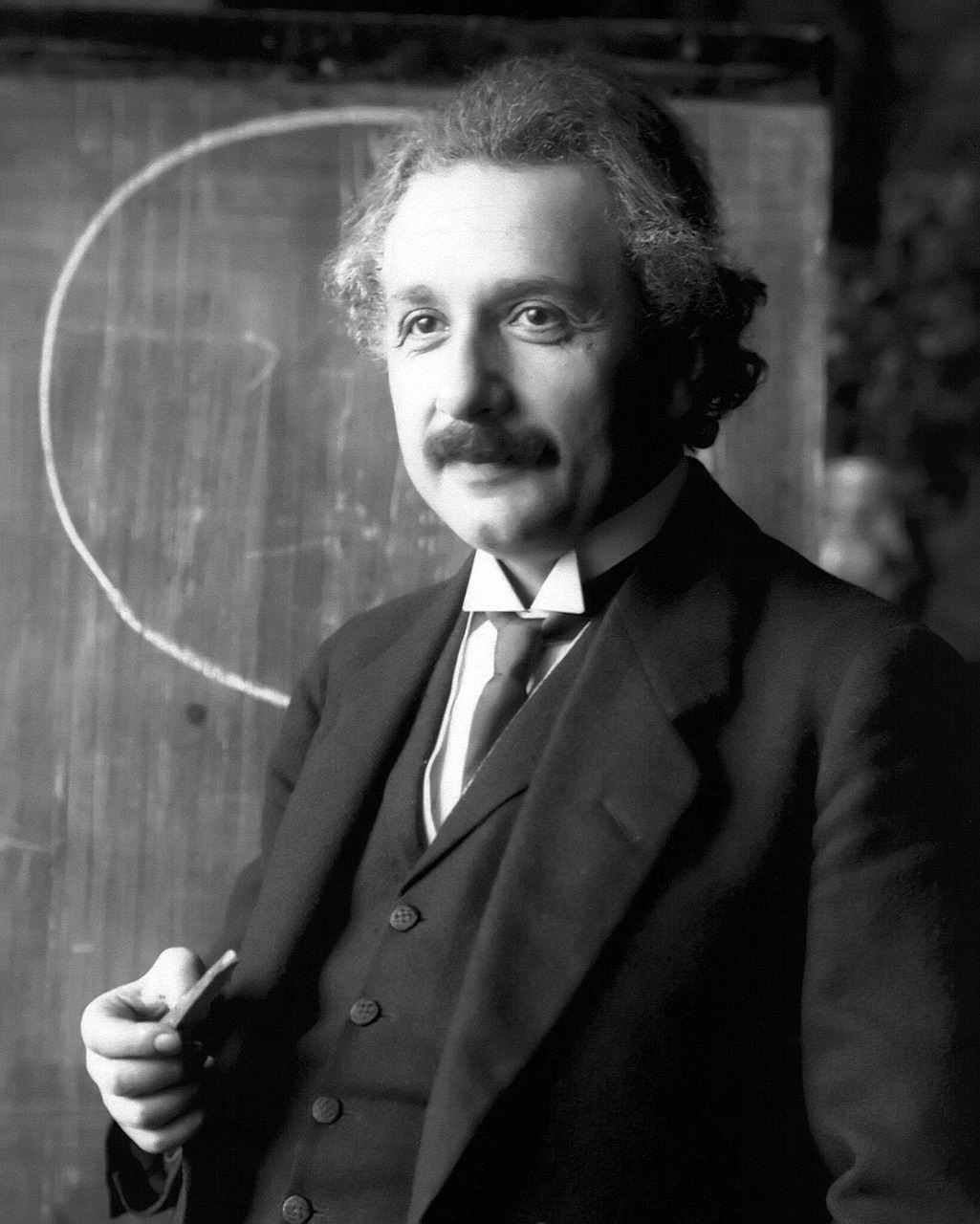Young Einstein
Albert Einstein was born on March the 14, 1879, in the southern part of Germany in a city called Ulm but grew up in Munich in a middle-class Jewish family. As a kid, Einstein became fascinated in music, particularly the violin, which he played. Other than that he also loved mathematics and science.
Einsteins calculations
Einstein dropped out of school in 1894 and resumed his schooling in Switzerland, gaining admission to the
Swiss Federal Polytechnic Institute in Zurich.
In 1896, Einstein became stateless after renouncing his German citizenship, and he remained stateless before
becoming a Swiss citizen in 1901. Einstein later found a position as a clerk at the Swiss patent office in
Bern were he would
create some of his amazing work, namely four groundbreaking articles.
The first paper was about quantum theory that was developed by a German physicist called Max Planck.
Einstein took Max Planck's quantum theory and applied it to light. The result would be
a explanation of a phenomenon known as the photoelectric effect.
In the second article, he came to the conclusion that atoms exist by analysing a phenomenon of a botanist
called Robert Brown and his theory
called the Brownian motion. The Brownian motion described the random movement of particles suspended in
water.
The third article which also was the most famous, was titled the Electrodynamics of Moving Bodies. This
article stated that Einstein confronted two principal theories of two physicist,
Isaac Newton's and his concept of absolute space and time, and James Clerk Maxwell's idea that speed of
light is a constant. Einstein did this by introducing a special theory of relativity that stated
that the laws of physics are the same even for objects traveling in different inertial frames and that the
speed of light is constantly the same.
The fifth article he created he famous equation E=mc^2. Its purpose is to calculate the relationship between
mass and energy.
The equation means mass (m) times the speed of light squared (c^2) is equal to the kinetic energy (E).
